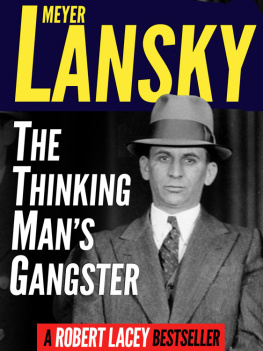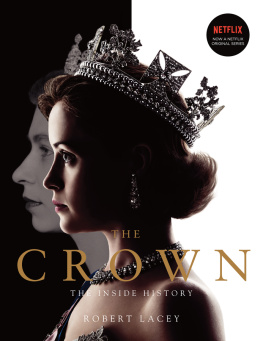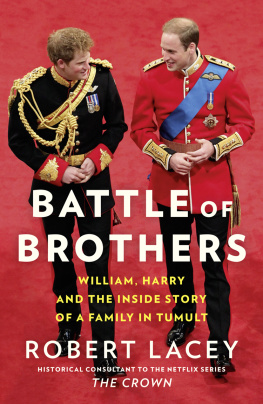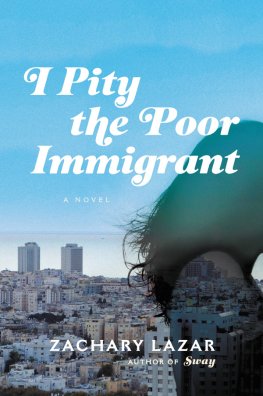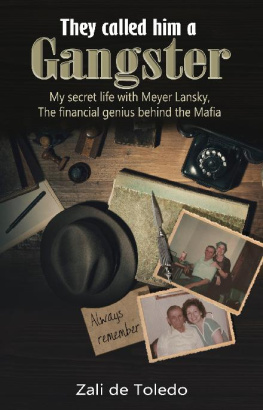Robert Lacey - Meyer Lansky: The Thinking Man’s Gangster
Here you can read online Robert Lacey - Meyer Lansky: The Thinking Man’s Gangster full text of the book (entire story) in english for free. Download pdf and epub, get meaning, cover and reviews about this ebook. year: 2016, publisher: Apostrophe Books (first published 1991), genre: Non-fiction / History. Description of the work, (preface) as well as reviews are available. Best literature library LitArk.com created for fans of good reading and offers a wide selection of genres:
Romance novel
Science fiction
Adventure
Detective
Science
History
Home and family
Prose
Art
Politics
Computer
Non-fiction
Religion
Business
Children
Humor
Choose a favorite category and find really read worthwhile books. Enjoy immersion in the world of imagination, feel the emotions of the characters or learn something new for yourself, make an fascinating discovery.
- Book:Meyer Lansky: The Thinking Man’s Gangster
- Author:
- Publisher:Apostrophe Books (first published 1991)
- Genre:
- Year:2016
- Rating:4 / 5
- Favourites:Add to favourites
- Your mark:
- 80
- 1
- 2
- 3
- 4
- 5
Meyer Lansky: The Thinking Man’s Gangster: summary, description and annotation
We offer to read an annotation, description, summary or preface (depends on what the author of the book "Meyer Lansky: The Thinking Man’s Gangster" wrote himself). If you haven't found the necessary information about the book — write in the comments, we will try to find it.
Meyer Lansky: The Thinking Man’s Gangster — read online for free the complete book (whole text) full work
Below is the text of the book, divided by pages. System saving the place of the last page read, allows you to conveniently read the book "Meyer Lansky: The Thinking Man’s Gangster" online for free, without having to search again every time where you left off. Put a bookmark, and you can go to the page where you finished reading at any time.
Font size:
Interval:
Bookmark:
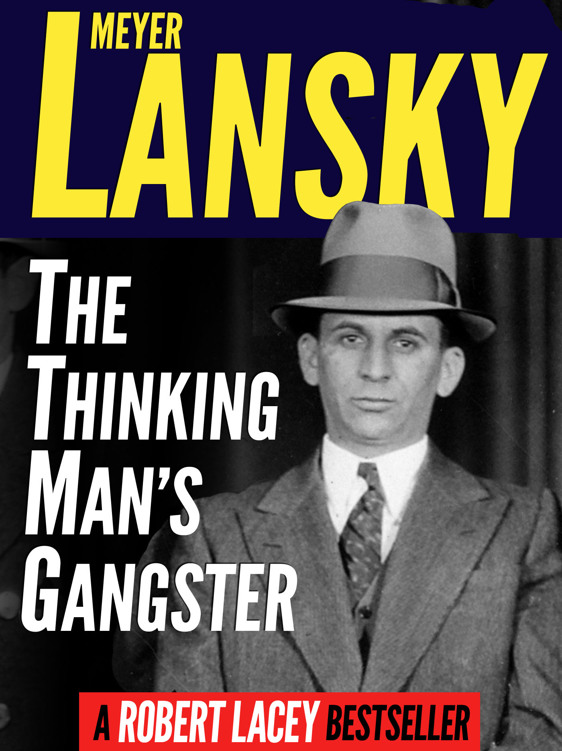
Contents
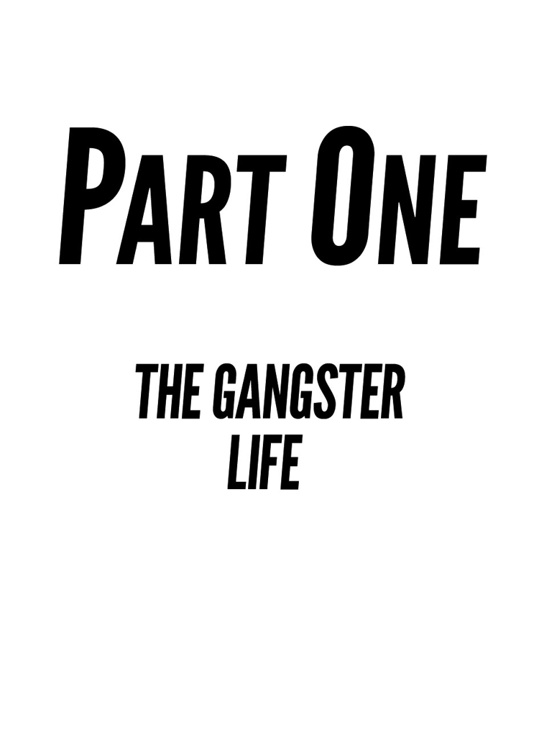
Benny Siegel... He Knocked Out Plenty
IN JANUARY 1946, America had a lot of fun to catch up on and the place she went looking for it was Florida. The war had given many Americans their first experience of winter sunshine. Stationed for their military training in Miami or Fort Lauderdale, they had drilled on the beach, and had been billeted in the gaudy holiday hotels as barracks. In the early winter months of 1946, they came back, liberated and cash-rich, to enjoy the place properly.
Honeymooners, golfers, jaunty retirees thousands flocked south for Floridas winter season, the new folk rite of Americas postwar consumer high life. You had to book weeks ahead to get a seat on the train. In the winters of the late 1940s, Miami Beach and its surrounding resorts became Americas premier fun complex, a vast, extended play city that stretched from the Miami River up to Fort Lauderdale and right in the center of it lay Meyer Lanskys carpet joints. There were no fewer than thirty-two illegal gambling establishments of different types, by one estimate, flourishing on the Dade-Broward line in the years between 1946 and 1950 wire rooms, horse parlors, small, single crap games, full-blown carpet joints.
If you came up to Hallandale by the coast road, you risked the waves that sometimes ran over the blacktop, and the shells of the huge land crabs that were tough enough to puncture your tires. The first joint you encountered, where the county line hit the beach, was the Club Bohme, a night spot with gambling and a floor show in the Lido tradition, run by Albert Papa Bouche, a local impresario with Ben Mardenlike aspirations.
If you chose the less adventurous but still unpaved and unlit U.S. 1, you were greeted, to your left, by Greenacres, a packing-shed structure in the raw tradition of Potatoes Kaufmans original Plantation. Greenacres housed a money crap game, New York style, where players would bet against each other, with the house taking a cut. There were no chips just dollar bills by the thousand.
Meyer Lansky had shares in both these new establishments. He had kept one or another of his original Hallandale clubs operating in a low-profile fashion through all the winters of the Second World War with the help of his brother, Jake, who had come to oversee the Broward business as his local general manager. After Jakes first 1936-37 season in the Plantation-renamed-the-Farm, the younger brother had decided to make Florida his home, renting a house on one of Hollywoods palm-shaded streets named after presidents Van Buren one year, Jackson the next.
Jake had married in the 1930s, and had started a family. His wife, Anna, came from a poor family on the Lower East Side. She was a quiet, domestically inclined girl who shared Jakes easygoing tastes. Aged forty-one in 1945, Jake Lansky was a square-faced, burly man, whose nose and eyes gave his features an odd echo of Meyers. He wore thick pebble glasses. With his dark, curly hair already graying around the edges, Jake looked older than he was most people assumed that Meyer was the younger brother. Jake Lansky was made to be the stolid front man, and he played the part to perfection.
Jakes working base in Hallandale the headquarters for the complicated network of partnerships, cuts, and share-outs that linked Hallandales various gaming joints was the clubhouse that Ben Marden had set up in the early 1940s, the Colonial Inn. Be-pillared and porticoed, it sat beside the Gulfstream Race Track. During the war, the Colonial Inn had served as operations center for an army signal corps unit. There had been cots and showers in the gaming room, a mess hall in front of the stage. Now repainted and refurbished, twinkling like Tara at the head of its long, curved drive, the Colonial Inn reopened for business in December 1945.
For their first postwar season, the Lanskys brought a member of the thriving Detroit gaming fraternity, Mert Wertheimer, to help operate the Colonial Inns gaming room, alongside familiar faces like George Sadlo. Wertheimer and his partner, Ruben Mathews, took nearly a third of the Colonial Inns declared profits. Jimmy Blue Eyes had 7.5 percent. Frank Erickson had 5 percent. With Joe Adonis and Benny Siegel cut in as well, the Colonial Inn represented a partnership of all the talents.
There were a few gaming rooms and a large number of bookies operating in Miami Beach to the south of Hallandale, but they were vulnerable to the shifting complexities of politics in an urban area. The Miami Herald had a crusading young editor, Lee Hills, who had the bright idea of collaborating with northern newspapers to identify and publicize gamblers and undesirables who came down to winter in Miami and the Dade County area. He ran a series, Know Your Neighbor, with photographs and criminal records.
The Miami Beach authorities decided to start their first postwar season clean-up. At the end of 1945, the police started a program of raids on Dades private gaming rooms, and they did what they could to make life difficult for the cigar-stand bookmakers in the tourist hotels.
Meyer Lansky and his Hallandale partners to the north of the Dade county line could not have been happier.
The authorities in Broward County suffered from no misplaced righteousness. Sheriff Walter Clark had won his position as the countys principal law enforcement officer by popular election in 1933, and he had been reelected regularly and resoundingly in the dozen years since on the basis of what Sheriff Clark liked to call a liberal ticket.
Sheriff Clarks definition of liberal meant giving the people what they wanted. I am not going around snooping in private businesses and homes, he later explained.
If pressed, the sheriff would admit that gambling was probably being conducted along the Broward line with Dade County. But it was not his job to interfere, he would explain, so long as none of his constituents made any formal complaints.
Thirty pounds overweight, with a wide grin and carp-like features that were not dissimilar to those of the fish that he liked to hook out of the countys waterways, Walter Clark was a gregarious and popular character. In his election campaigns he made much of being a simple, down-home, local boy, and even those who opposed his pro-gambling attitude found it difficult to dislike him personally. He was, he liked to claim, the first white child born in Broward the county that was carved out from its neighbors, Dade and Palm Beach counties, in 1915. It had been named after Napoleon Bonaparte Broward, the aptly named governor of Florida who, in the years after 1905, initiated the conquest of the Everglades in the cause of farming and real estate.
Law and order was a basic plank of Walter Clarks platform. Under his stewardship, he liked to boast, Broward has enjoyed the lowest crime-occurrence record of any U.S. resort county for its size and the operators of Browards gambling joints contributed significantly to this record. Prostitution was not the problem in Hallandale that it was in Miami Beach, or, up in New Jersey in Atlantic City, because Meyer Lansky and his partners enforced a strict no B-girl rule in and around their Broward establishments.
Back in 1936 it had been Lucky Lucianos involvement with prostitutes that had ended his run of luck. Dealing with girls, many of whom came from other states, carried the same risks as dealing in drugs, or not filing your tax return with the IRS. Taking prostitutes across a state line was a federal offense and that meant the attentions of the FBI. Nothing federal was the motto by which Americas wide-open enclaves and carpet joints survived.
Font size:
Interval:
Bookmark:
Similar books «Meyer Lansky: The Thinking Man’s Gangster»
Look at similar books to Meyer Lansky: The Thinking Man’s Gangster. We have selected literature similar in name and meaning in the hope of providing readers with more options to find new, interesting, not yet read works.
Discussion, reviews of the book Meyer Lansky: The Thinking Man’s Gangster and just readers' own opinions. Leave your comments, write what you think about the work, its meaning or the main characters. Specify what exactly you liked and what you didn't like, and why you think so.

